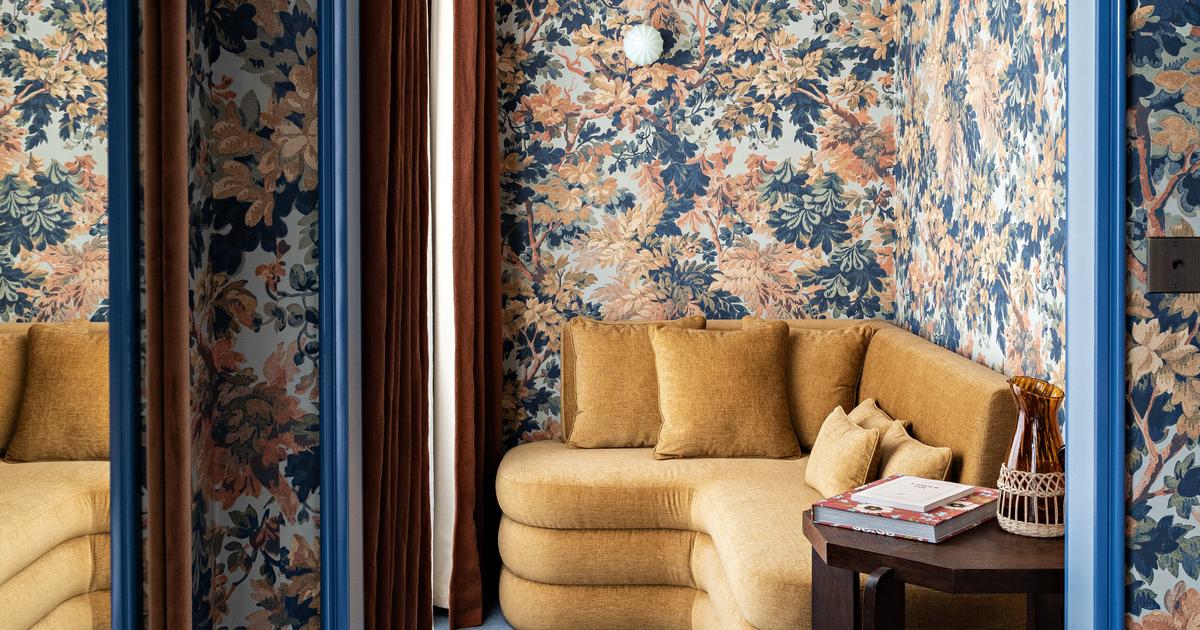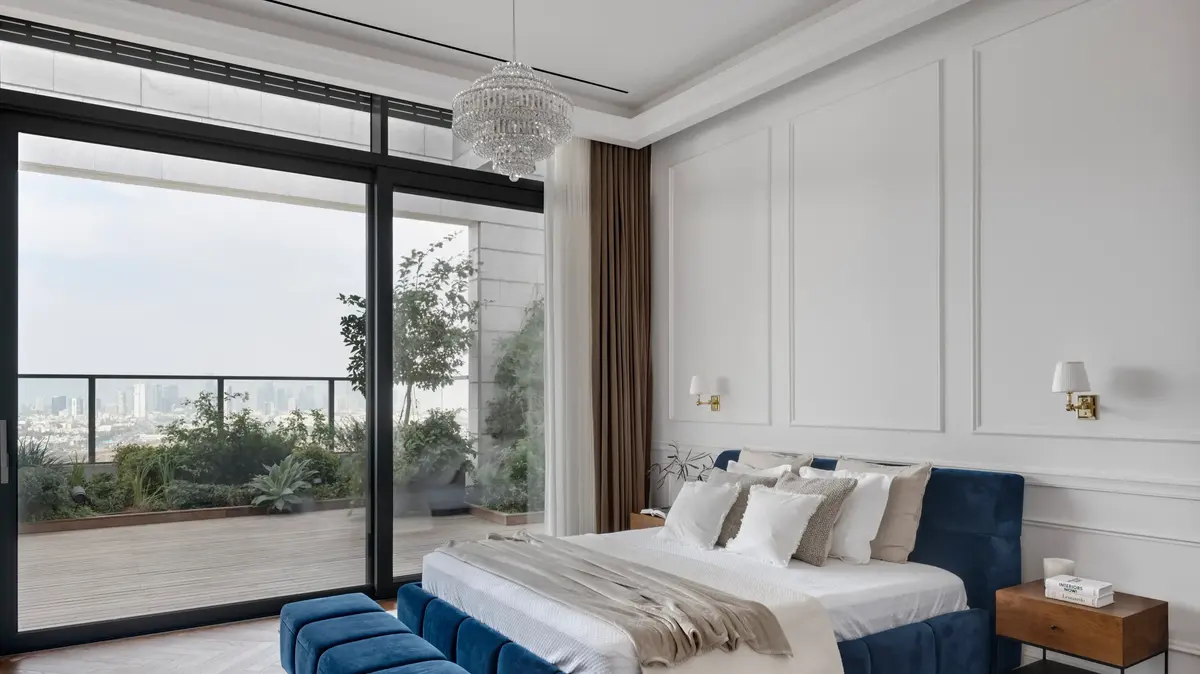Studio20 is the largest network of franchises dedicated to
camming
, the practice of
sexual arousal on the Internet
by erotic models.
Upon entering its facilities in Los Angeles, one finds a multitude of studios, all of them similar to a young girl's room: a bed, some posters, a nightstand, a lamp.
And, of course, all the technical equipment, lights and cameras.
The
rooms
are practically the same, but they are also personalized: some have surfer touches, others are more feminine, others have teddy bears.
This
decoration
"connects the body of a worker to a global economy composed of flows of data, capital and sexual fluids", as observed
Nicholas Korody,
author of the recent book
The uses of decoration
, published by Rua Ediciones.
Sometimes, when the model is away for a while, the user remains masturbating, looking at the decoration.
The
Cammers
use these sets that simulate domesticity to work outside the home (perhaps hiding from their families) or to prevent harassment cases: sometimes, only decoration already indicated a geographical situation.
"The decorative strategies that
cammers
have traditionally used
now, with the pandemic and the rise of video calls, have passed into the
mainstream:
people worry about having a lighting that favors them or a place in the house specifically dedicated to video calls" explains the author.
Korody, born in Los Angeles and based in Milan, is a writer and designer, co-founder of the experimental architecture studio Adjustments Agency and founder of Interiors Agency, which explores interior spaces on a wide range of scales: from the individual psyche to the home, the nation-state or the planet as a whole.
In addition to a main theoretical text (entitled
The utility of the useless),
the book includes three case studies, such as the one mentioned, in which the instrumentalization of decoration for different purposes is analyzed.
"The discipline of architecture has developed a very important work of theoretical analysis throughout its history," says editor
Asier Rua.
“However, there are no texts that address decoration under a theoretical or research framework.
Nicholas's text opens the way to highlight a continually undervalued discipline ”.
From Nietzsche to Le Corbusier: the feminization (and contempt) of decoration
Decoration is a work that is frequently invisible and despised from both academic and popular spheres.
Of course, it does not have the same status as architecture or urbanism, it is considered a minor discipline.
In the book numerous quotes are collected in which great thinkers (from Kant to Rem Koolhaas, from Nietzche to Gilles Deleuze, from Le Corbusier to Susan Sontag) despise decoration and use the phrase "merely decorative" as a synonym for insignificant.
Why?
“Identifying a single reason or cause for this is a bit difficult”, responds the author, “one could point to the frequent association between decoration and homosexual women or men.
They are two demographic groups that have been historically marginalized, and whose work has been devalued, ”says Korody.
"Unlike factory work, working-class reproductive work (giving birth, cooking, or making a home look like home) did not have to be paid, as it was not recognized as work at all."
That of
decoration falls within this division, on the side of the feminine, of domesticity and not valued.
The 'Airbnb house': the importance of a home not being too original
“Simultaneously, through decoration, the early capitalist home acquires its appearance as such, as a space separated from work that relieves the male worker from the harshness of the factory,” says the author, for whom this dynamic is recurrent.
The decoration also has an ambivalent function: we tend to think that it serves to express our identity, to make us unique, to tell who we are to those who visit us (and to ourselves).
However, the decoration also makes us recognize a home as such precisely because of its resemblance to others.
After all, all households follow the same patterns.
This uniformization of the decorative occurs by fashions or by the "democratization" of the decorative achieved by large chains such as Ikea.
“Although I wouldn't call the effect of these large establishments 'democratization': rather, they offer relatively affordable means of achieving the aforementioned standardized aesthetic.
Thus it serves well the demands of non-professional decorators, ”says the critic.
A standardization that is seen not only in the interior design of hospitality establishments, shops, hotels (which all seem the same), but also in homes or on tourist apartment platforms such as Airbnb, where all are, also, cut by the same pattern.
"Establishing shared decorating strategies, trends, fulfills an economic function," says Korody in this regard.
“In this sense, it is cheaper and easier to decorate your house to make it look like other Airbnb houses.
You are also more likely to attract a potential tenant, as that aesthetic is familiar to them. "
The decoration used to identify criminals
Another of the cases analyzed by Korody has to do with the use of decoration in virtual reality programs for the training of soldiers or policemen.
For example, the VirTra V-300 simulator, which consists of five large screens arranged in a circular structure: the user to be trained is placed in the middle, holding a gun that emits laser beams.
The machine offers several live-action scenarios in which decoration is important to identify threats: some rooms are decorated in a way that appears to belong to a Salvadoran gang, others, full of fascist symbols, belong to white supremacist groups.
The poverty that is evident in the decorations of any type of criminal is already in itself a form of criminalization of poverty itself.
In the Asterion VR system, human figures do not even appear, only environments: “The other does not even need to be physically present to be recognized as such, then judged and, in this case, executed;
the way you decorate is enough ", says the author.
In the representations of Iraq that are used at Camp Pendleton you can see oriental rugs, hookahs or Italian coffee pots, women with veils appear, the call to prayer is heard or even the sewers and the aroma of cooking meat can be smelled.
"These types of simulators reveal the usefulness of decorating to condemn a body," concludes Korody.








